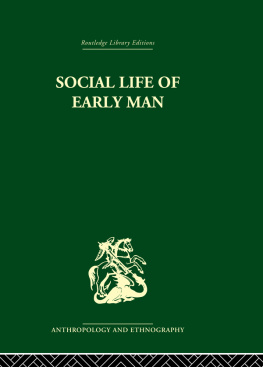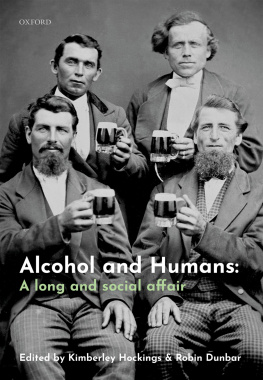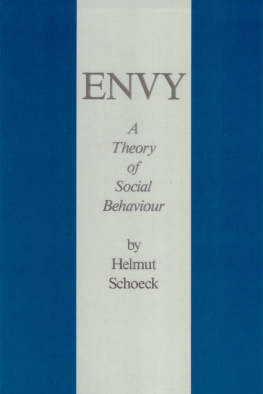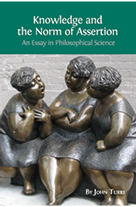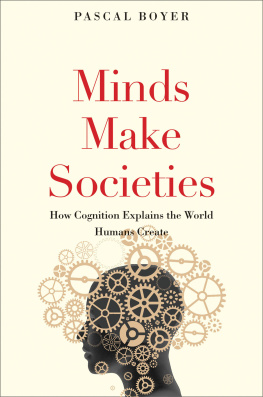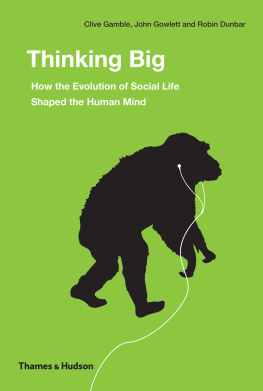Routledge Library Editions
SOCIAL LIFE OF EARLY MAN

ANTHROPOLOGY AND ETHNOGRAPHY
Routledge Library Editions
Anthropology and Ethnography
SOCIAL AND CULTURAL ANTHROPOLOGY
In 16 Volumes
I | Social Anthropology and Language | Ardener |
II | The Relevance of Models for Social Anthropology |
Banton |
III | The Social Anthropology of Complex Societies |
Banton |
IV | Other Cultures | Beattie |
V | Social Anthropology | Evans-Pritchard |
VI | Meaning in Culture | Hanson |
VII | The Social Anthropology of Radcliffe-Brown | Kuper |
VIII | History and Social Anthropology | Lewis |
IX | The Social Context of Violent Behaviour | Marx |
X | Seasonal Variations of the Eskimo | Mauss |
XI | Socialization | Mayer |
XII | Egyptian Religion | Morenz |
XIII | The Foundations of Social Anthropology | Nadel |
XIV | Japanese Culture | Smith & Beardsley |
XV | Taboo | Steiner |
XVI | Social Life of Early Man | Washburn |
SOCIAL LIFE OF
EARLY MAN
EDITED BY SHERWOOD L WASHBURN

First published in 1962
Reprinted in 2004 by
Routledge
2 Park Square, Milton Park, Abingdon, Oxon, 0X14 4RN
Transferred to Digital Printing 2006
Routledge is an imprint of the Taylor & Francis Group
1961 Wenner-Gren Foundation for Anthropological
Research, Inc.
Reprinted from Social Life of Early Man, Sherwood L Washburn (ed), Viking Fund Publications in Anthropology No 31, New York, by permission of the Wenner-Gren Foundation for Anthropological Research Inc., New York, New York
All rights reserved. No part of this book may be reprinted or reproduced or utilized in any form or by any electronic, mechanical, or other means, now known or hereafter invented, including photocopying and recording, or in any information storage or retrieval system, without permission in writing from the publishers.
The publishers have made every effort to contact authors/copyright holders of the works reprinted in Routledge Library Editions Anthropology and Ethnography. This has not been possible in every case, however, and we would welcome correspondence from those individuals/companies we have been unable to trace.
These reprints are taken from original copies of each book. In many cases the condition of these originals is not perfect. The publisher has gone to great lengths to ensure the quality of these reprints, but wishes to point out that certain characteristics of the original copies will, of necessity, be apparent in reprints thereof.
British Library Cataloguing in Publication Data
A CIP catalogue record for this book is available from the British Library
Social Life of Early Man
ISBN 978-0-415-33041-1
Miniset: Social and Cultural Anthropology
Series: Routledge Library Editions Anthropology and Ethnography
SOCIAL LIFE OF
EARLY MAN
Edited by
SHERWOOD L. WASHBURN
METHUEN & CO., LTD. 36 Essex Street London WC2
This volume comprises one of a series of publications on research in general anthropology published by the Wenner-Gren Foundation for Anthropological Research, Incorporated, a foundation created and endowed at the instance of Axel L. Wenner-Gren for scientific, educational, and charitable purposes. The reports, numbered consecutively as independent contributions, appear at irregular intervals.
First published in Great Britain 1962
1961 by Wenner-Gren Foundation for Anthropological Research, Inc.
Printed in the United States of America
Catalogue No. 2/2542/1
Introduction
A T A meeting at Burg Wartenstein in the summer of 1958 the idea of a conference on the Social Life of Early Man took shape, as a result of conversations between the late A. C. Blanc, Raymond Firth, Adolph H. Schultz, and Paul Fejos. These four concluded that it might be possible to reconstruct a part of the social life of early man. Preliminary plans were made for a conference to be held in 1959, and several invitations were issued. During the winter Dr. Fejos asked me to continue with the organization, and it was decided to broaden the range of subject matter to be discussed by including genetics and psychology.
The conference was held June 2230, 1959. Unfortunately, Dr. Firth was not able to attend. The deadline for papers was placed some months after the conference so that there would be ample time for revision. This policy led to both unexpected delays and the replacement of the discussion held at the conference by the expanded and revised papers. At first it was planned to publish an edited version of the discussion, but, since more than half of the papers were written or greatly modified after the conference, the detailed transcript was found to be no longer relevant. The main points of the discussions are included in the revised papers.
Thanks are due Mary Walpole for help at the time of the conference and for translating the papers by Vallois, Bourlire, Piveteau, and Debetz.
Anne Brower and Nancy Tanner helped in the editing and preparation of the manuscripts.
All those who took part in the conference are grateful to Dr. Paul Fejos for making the conference and this volume possible.
S. L. WASHBURN

* The interrelations of the last australopithecines and of the earliest men, and of the last of the pebble tools and the earliest Chellian, are in doubt.
SOCIAL LIFE OF EARLY MAN
Patterns of Social Grouping
Among Wild Primates
F.Bourliere
U NTIL now, very few species of primates have been studied so as to make possible a good comparison of their social grouping in natural conditions. No representative of such important groups as the marmosets and tamarins (Hapalidae) or the sakis, uakaris, capuchins, woolly monkeys (Cebidae) of the New World, or the African guenons (Cercopithecidae) and guerezas (Colobinae) of the Old World has yet been the object of a real ethological or ecological study in the field. As for the Pongidae, the social life in the wild of a species as well known as the chimpanzee still remains almost a complete mystery. In the face of the number and importance of the gaps in our knowledge, it would be completely useless to attempt a synthesis of the whole.
Moreover, the available papers and monographs are neither so complete nor so perfect as certain armchair naturalists or zoo psychologists might wish. To observe wild monkeys in their natural surroundings is certainly not so simple as it might seem at first sight. Merely to count the members of a troop may require hours or days of work, for rarely are all the individuals visible at the same time especially among the arboreal species, which are by far the most numerous. Recognizing the individual members of a troop often presents insoluble problems. No system of individual marking has yet produced results that are applicable on a large scale. Although the use of alpha-chloralose made it possible to anesthetize and mark the rhesus monkeys, the attempts made with the same products on certain lemurs have been negative. Moreover, it remains to be proved that the use of anesthetics does not ultimately modify the behavior and the life expectancy of the marked animal.
Next page
